
Travel is one of the most passionate things that me and my son do together. We love exploring new places but at our own pace. We believe in slow traveling. When we planned our Japan trip, we chose only Tokyo. We didn’t want to rush other places like Kyoto and Osaka into one trip. Before visiting Japan, I found many posts and videos online. They made me feel like I was about to step into an entirely different universe.
Some made Japan sound extremely intimidating. They said the people are rude and the trains are impossible to navigate. They claimed you can’t talk at all and must be a chopstick pro or starve. I just returned from an amazing trip to Japan with my son. I can confidently say – don’t believe everything you see on social media! Here’s my take on some of the biggest myths I encountered before my trip and what the reality actually was.
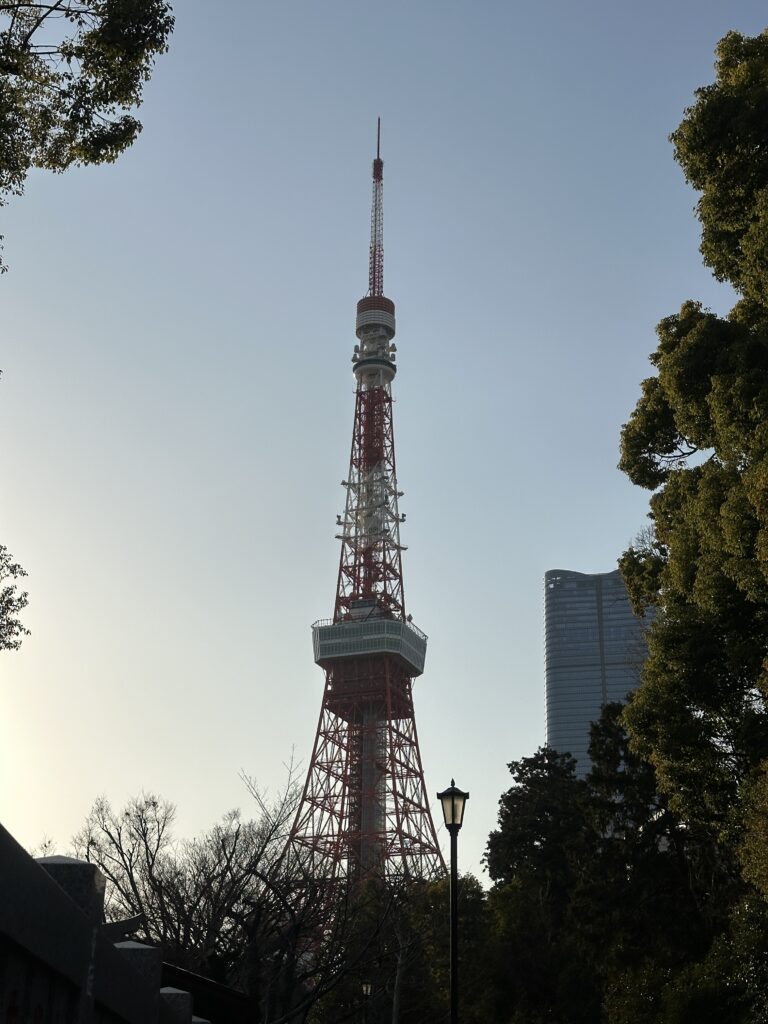
Myth 1: “Japanese People Are Rude and Unfriendly”
This one shocked me the most because it couldn’t be further from the truth! Every interaction I had in Japan was warm, polite, and incredibly helpful. A store employee went out of their way to help me. A stranger helped me figure out my way to the station. The restaurant staff explained the menu with enthusiasm. I only experienced kindness.
One particular moment stands out—our phone battery died while navigating a station late at night. A kind local not only gave us directions, but he also walked with us nearly halfway to the station. He kept reassuring us and said he hoped we wouldn’t miss the last train. That moment of compassion stuck with me.
Takeaway: Don’t mistake reserved for rude. The kindness is real—just quieter.
Myth 2: “The Train System is Complicated and Confusing”
I kept hearing how impossible it was to navigate Japan’s train system. In reality? It’s one of the easiest and most efficient systems I’ve ever used! The signage is clear and available in English. With Google Maps, figuring out routes, platforms, and even which exit to take was a breeze. If you know exactly where you’re going, Google Maps tells you which exit to use. This includes places like a specific cafe, shop, or landmark. It also suggests bus numbers and nearby stops, making even local travel super manageable.
Practical Tip: Download Google Maps and Hyperdia for train navigation. Trust me, they’re lifesavers!
Takeaway: Trains are simpler than they look—tech helps a lot.
Myth 3: “You Can’t Talk on Trains”
I saw so many videos saying you have to sit in total silence on Japanese trains. While it’s true that people generally speak softly and avoid loud conversations, it’s not like you’ll be shunned for talking.
This myth probably comes from the fact that most commuters travel solo. They naturally stay quiet with earphones in or phones out. But whenever we saw friends, couples, or families together, they were chatting—softly, of course, but chatting nonetheless. My son and I talked during our rides too, and no one ever even looked our way.
Takeaway: Be mindful, not mute. Talking softly is perfectly fine.
Myth 4: “Everyone Will Stare at You if You Cough or Sneeze”
his one made me especially nervous because just before arriving in Japan, both my son and I caught the flu. Coughs and colds lingered. We were honestly stressed about taking public transport. We’d read so much about how strict people are about noise and sickness. But to our relief, we saw plenty of locals coughing or sneezing. The weather was dipping to 5°C. Not a single person stared or reacted.
We wore masks, carried tissues, and covered our mouths—just basic hygiene—and that was more than enough. No judgment, just normal, considerate behavior all around.
Takeaway: Be polite, stay hygienic, and don’t stress—everyone’s human.
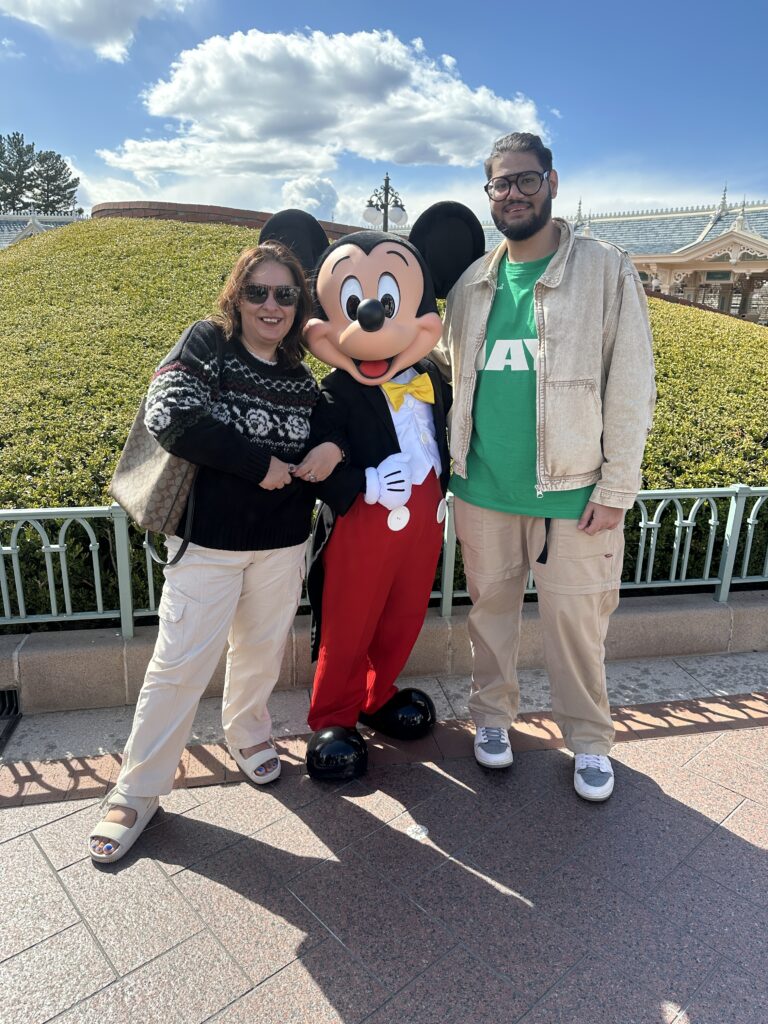
Myth 5: “You Must Use Chopsticks – No Spoons or Forks Available”
This is just false. I don’t use chopsticks, and not even once did I face a challenge! Almost every place I dined at had spoons and forks readily available. This was true even at convenience stores where we grabbed quick meals or snacks. In ramen shops, you’ll always get a spoon for your broth. If you prefer chopsticks, go for it! But if not, don’t worry—you’ll still enjoy every bite.
Takeaway: Use what you’re comfortable with—nobody’s keeping score.
Myth 6: “Sakura Blooms Are Everywhere in March”
One of the biggest letdowns! Before my trip, my feed was flooded with dreamy pink cherry blossom images. These images made me believe I’d be stepping into a real-life postcard. Reality check: Sakura blooms depend on the weather. In many places, they don’t even start until late March or early April. I did see some early blooms here and there. Yet, Japan was not the sea of pink that Instagram made it out to be. If you’re planning a cherry blossom trip, check forecasts rather than relying on random social media posts!
Resource Tip: Use sites like Japan-Guide.com for bloom forecasts.
Takeaway: Sakura season is amazing, but timing is the key.
Myth 7: “Tokyo is Overcrowded Everywhere, All the Time”
Yes, Tokyo is a busy city. The way some people make it sound, you’d think you’d be suffocating in human traffic 24/7. The truth? Some areas, like Shinjuku and Shibuya, are crowded. Still, once you step into residential neighbourhoods, parks, or lesser-known attractions, it’s peaceful and quiet. I barely saw any crowds outside of tourist hotspots, and public spaces were far more relaxed than I expected. It’s just like any other major city—certain areas are busy, while others are calm and spacious.
Takeaway: Tokyo is only as crowded as the spots you choose to visit.
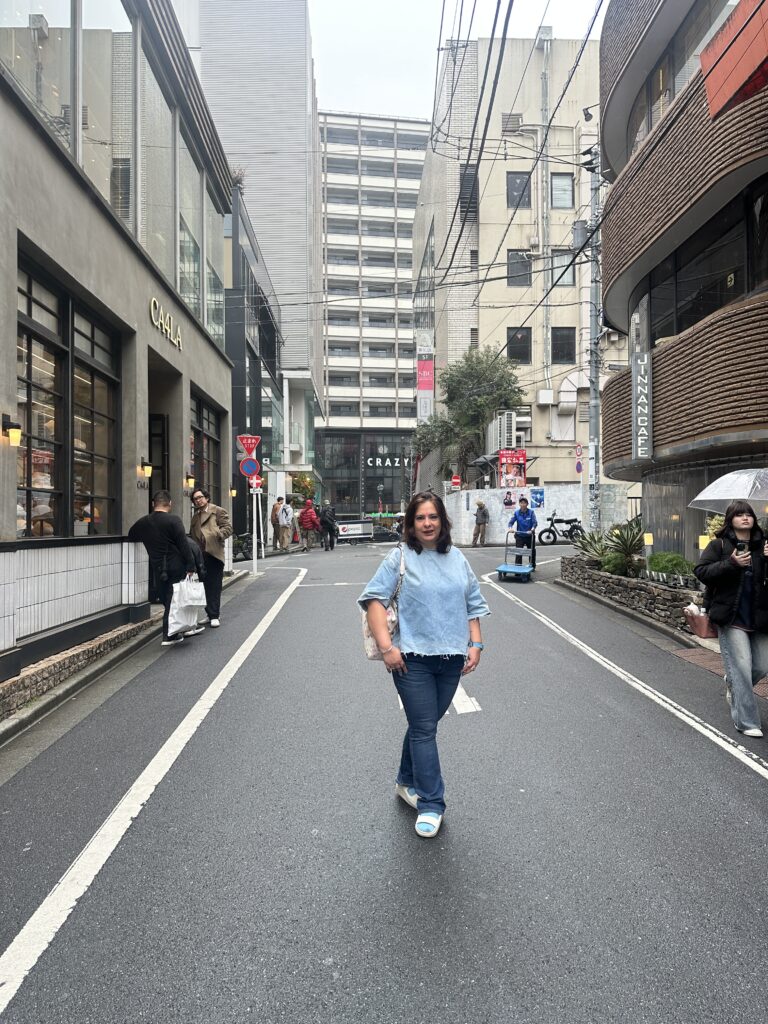
Myth 8: “Japanese Toilets Are Confusing”
Another over-hyped exaggeration! Japan’s toilets indeed have fancy bidet functions. Every button has symbols or English translations. This makes them easy to figure out. Plus, they all work the same way—flush, clean, and go. If anything, I was more impressed by how clean and high-tech they were compared to many public restrooms elsewhere.
Final Thoughts
Japan is an incredible country. It has a rich culture and amazing food. I have met some of the most polite and welcoming people there. But thanks to social media exaggerations, many people go in with unnecessary anxieties. My biggest advice? Do your research, but don’t let misleading posts scare you. Respect the culture, be mindful of local customs, but also know that Japan is not some overly strict, alien world. It’s a fantastic travel destination that’s much easier to navigate than people make it seem!
Your Turn: Have you been to Japan or planning to go? What myths did you hear before visiting? Drop them in the comments! And if you have any helpful apps, restaurant recommendations, or experiences to share, I’d love to hear them! You can also follow my Instagram for more travel-related content.
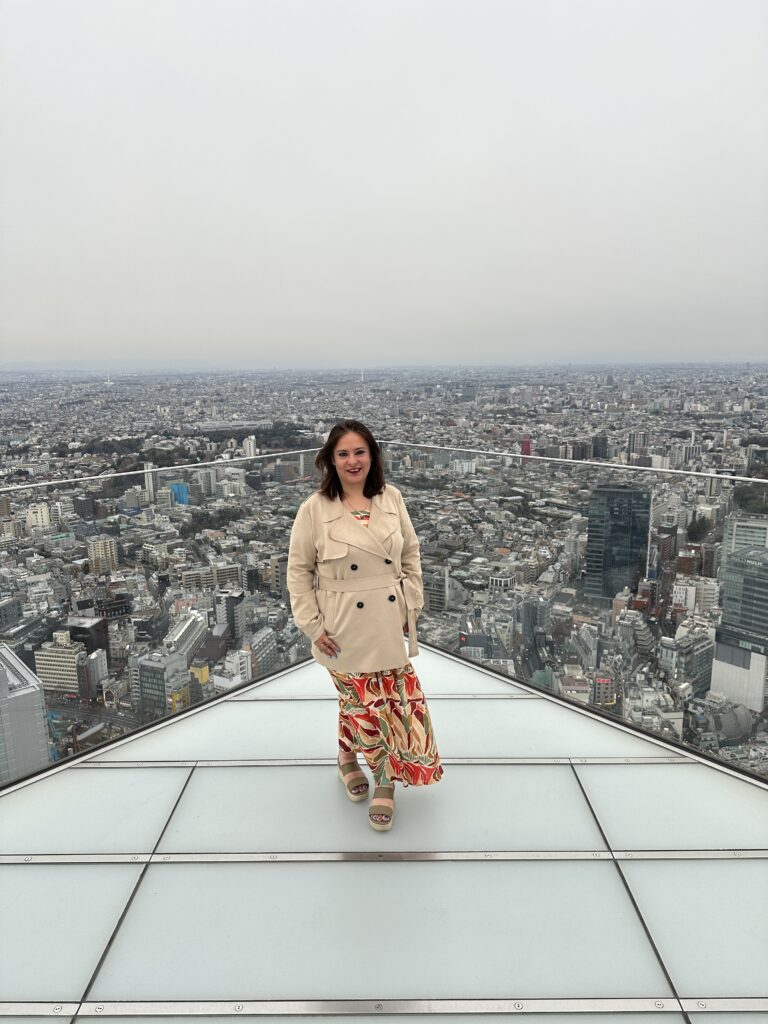
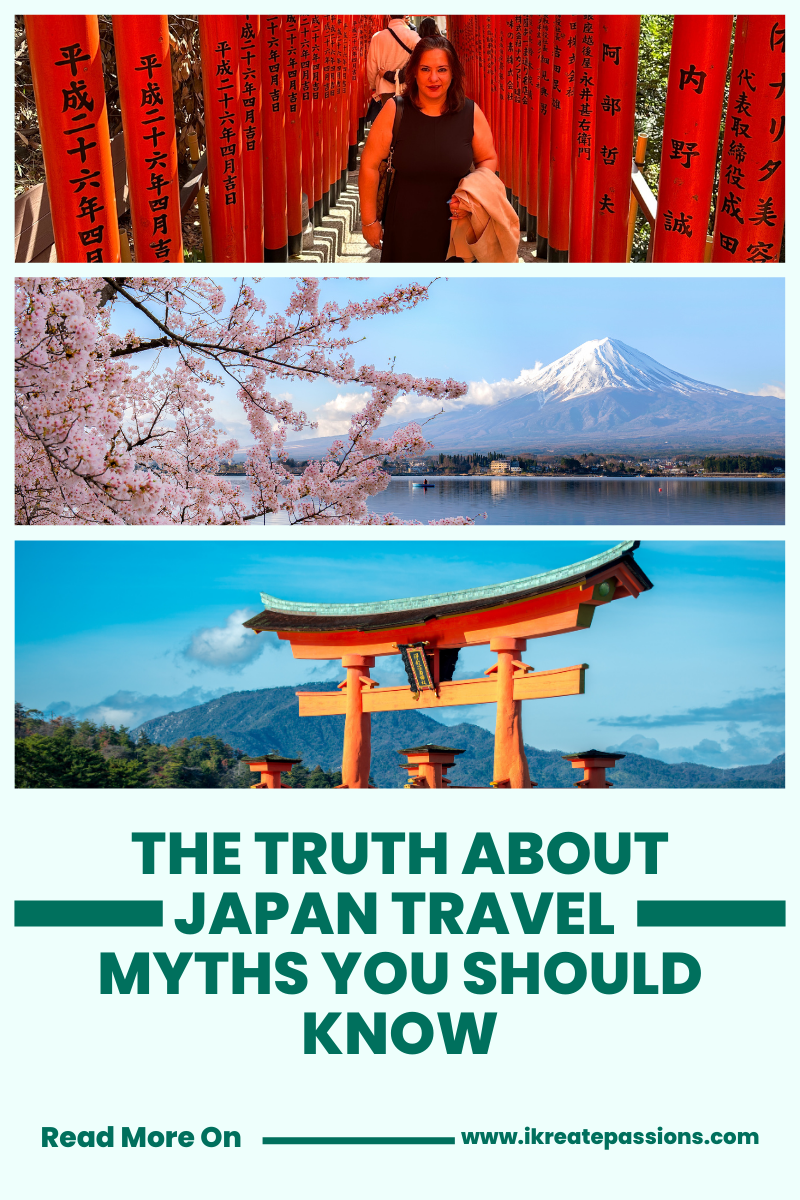
I honestly believed most of these myths were true…wow…I can’t wait to visit Japan, I can’t can’t wait. Such a beautiful country.
Oh yes, it is so beautiful and such a fantastic country with warm and friendly people. I feel bad to know that you also fell for the social media posts that spread so much fakeness at times.
This was such an amazing read! I’ve hear a few of these, and honestly the one that I was sure would not be a myth was the toilets. That’s only because people love to put up memes of complicated toilets. Such an eye opener!
I know, but they are so simple and addictive too, you will miss them the most!
I’m big on personal hygiene, so I actually love that Japanese toilets have English instructions on the buttons. I mean, any toilet that gets me so clean that I need to look at buttons is a major plus in my book! LOL. Great read!
Hehehe, those toilets are something you miss the most and wanna bring them back home!
My daughter has always had a fascination with Japan, and it was somewhere as a family we had thought of travelling to. I found this post so informative and it is lovely to hear those myths being talked about truthfully
Oh yes, you must visit, it’s a lovely place. And do watch this space, I will be sharing a lot more about Japan in my upcoming posts.
Thank you for sharing all these with us! These are very helpful for our soon travels.
I am glad you liked it, thanks so much. Keep watching this space, will be covering a lot more about Japan in my upcoming posts.
What a great post! I did something like that for Florida. It really depends on the time of the year to come.
Oh yes, I am sure, every place has a timing and also sometimes being at the right place at the right time is all that it takes to change your perception and set the expectations right.
Social media can sometimes exaggerate or misrepresent cultural differences, so it’s wonderful that you’re sharing your firsthand experience to dispel some of these myths. I’d love to hear more about what surprised you the most and how Japan differed from what you expected.
Oh yes, I will be writing about a lot of stuff in my upcoming posts. Keep watching this space for more and do subscribe to get notified. Thanks so much.
Such an eye-opening read! I love how you debunked common myths about Japan—especially the one about the language barrier. It’s reassuring to know that travelers can get by without being fluent in Japanese.
Oh yes, you don’t have to worry about a thing, it’s all very simple to understand and navigate. Keep watching this space for more posts on Japan.
Japan is very high on my bucket list to visit and it’s so good that you didn’t find most of these myths true. Most people I’ve spoken to who have been have said the people were so friendly x
Yes, the people are amazing and so is the place overall. I will be covering more about Japan in my upcoming posts, do watch out for them.
Thanks for sharing your experience of Japan. My children are desperate to go. My brother has been twice and said all the positive things that you have.
Oh yes it’s a great place, I am sure your kids will love it. I will be sharing more about Japan in my upcoming posts. Do watch out for them.
A lot of these myths seem to be based off of what some people might see on a television show or in movies. My stepson had a great interest in Japan, and even learned Japanese so I knew a lot of these myths were false just from him!
That’s true. Social media also blows up a lot of things and exaggerates. It’s good to know that your son learnt Japanese.
I feel like everyone wants to go to Japan, but I have heard some many of these myths before! I did not know they also have forks and spoons, and the trains I have been told are so confusing.
That’s the thing, there is too much hue and cry about nothing, it’s all so simple and it’s such an amazing place. You must not let the myths keep you from visiting Japan.
Thank you for the encouragement! Planning a trip to Japan sounds like such a bucket list goal for next year.
I really appreciate this review on how things are in Japan. It has been on my bucket list to visit one day. It looks very entertaining there.
Yes, it indeed is an amazing country and has so much to offer. You surely must visit it, I am sure you will enjoy it as much.
What an insightful post! I loved reading about your experience in Japan and how you busted those travel myths. It’s great to hear that the people are warm and the train system is so easy to navigate – that’s reassuring for anyone planning a trip! Japan is definitely on my bucket list, and your post has made me even more excited to visit someday. Thanks for sharing your experiences and tips!
I am glad it excited you and helped you in some way. Keep watching this space if Japan is on your list, loads of more stuff coming up.